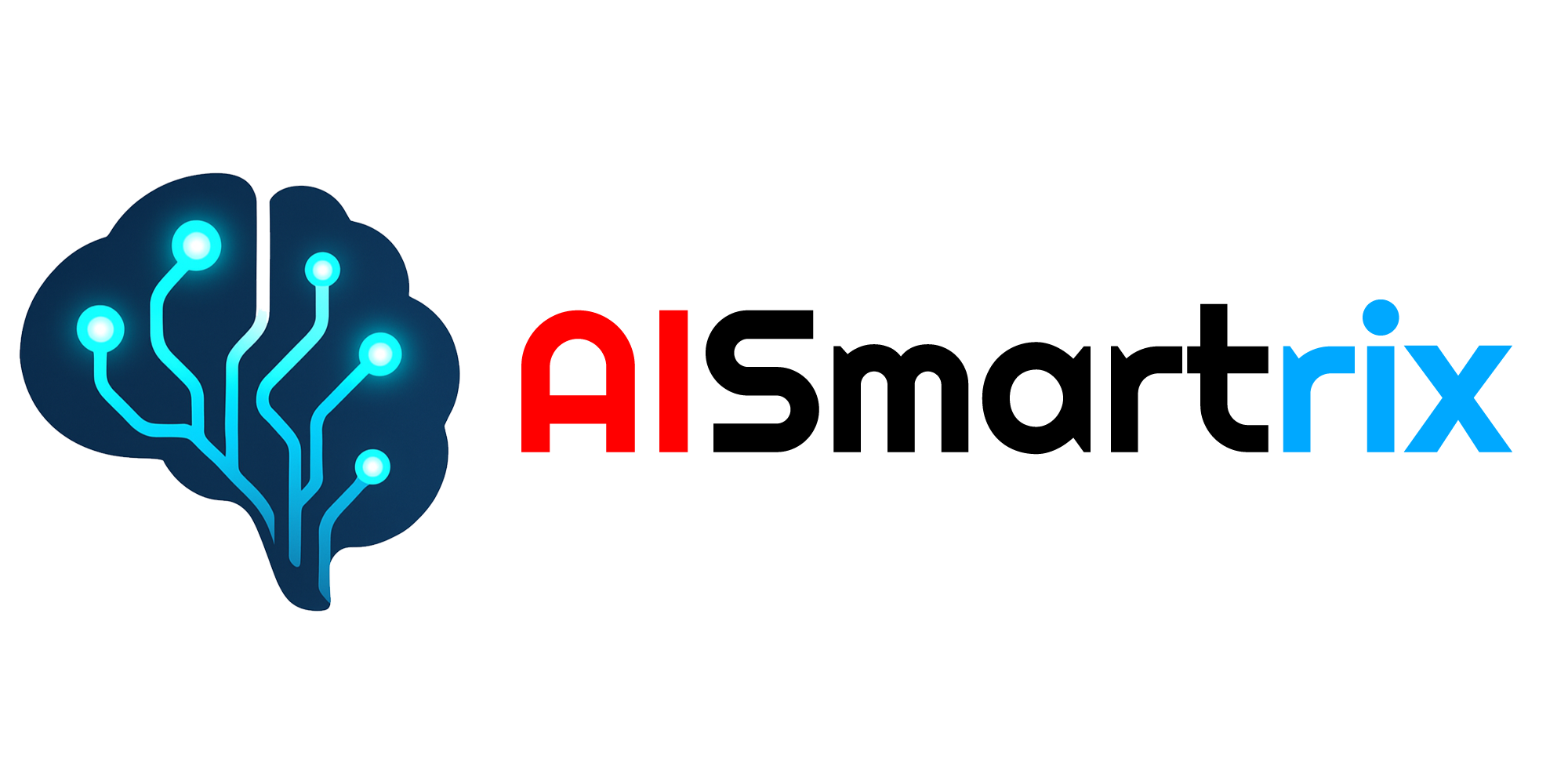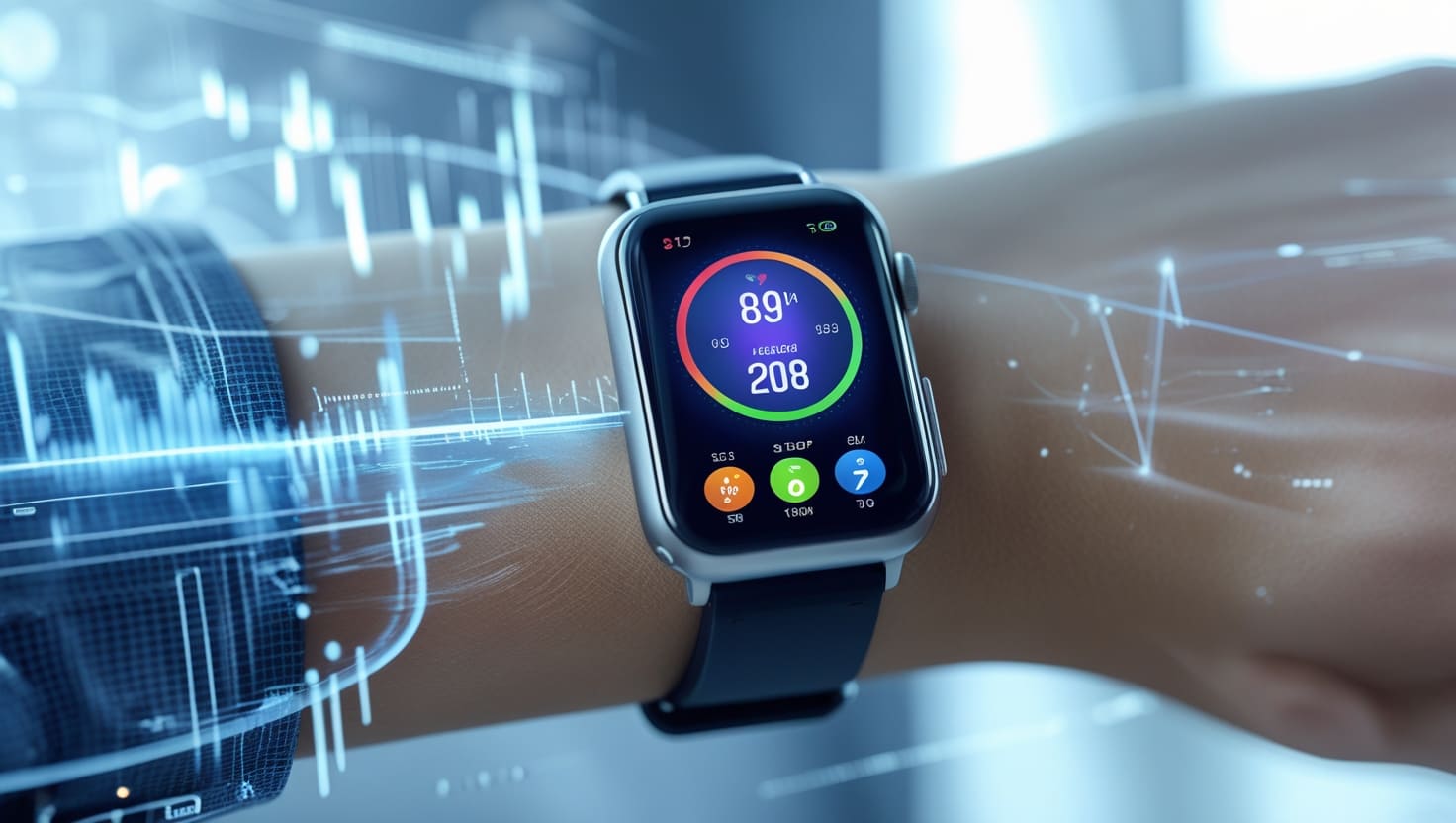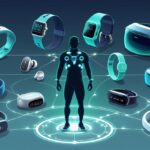In the age of digital transformation, wearable AI technology is reshaping how we think about health — from passive symptom tracking to proactive, real-time wellness management. No longer confined to fitness enthusiasts, AI-powered wearables are now essential tools in modern healthcare, empowering both patients and providers to monitor, predict, and prevent health issues more effectively than ever before.
This article explores how wearable AI is revolutionizing healthcare monitoring in 2025 — its benefits, applications, challenges, and the future it promises.
What Are AI-Powered Wearables?
AI-powered wearables are smart devices worn on the body that use sensors and machine learning algorithms to collect, analyze, and interpret health-related data in real time.
Common types include:
- Smartwatches
- Fitness bands
- Smart rings
- Biosensor patches
- AI-powered hearing aids
- Smart clothing and implants
Unlike traditional trackers, AI-enabled wearables don’t just collect data — they understand it. They learn from your patterns, detect anomalies, and make actionable health recommendations.
How AI Enhances Health Monitoring
Let’s break down the core ways AI makes wearables smarter:
1. Continuous Real-Time Monitoring
Wearables now monitor vital signs 24/7, including:
- Heart rate & variability
- Oxygen saturation (SpO2)
- Blood pressure
- Respiratory rate
- Skin temperature
- Sleep cycles
- Movement & posture
AI algorithms analyze this data continuously, detecting abnormal trends that may indicate early signs of illness, fatigue, or stress — even before symptoms are felt.
2. Predictive Health Alerts
One of the most powerful AI capabilities is early prediction. Using historical and real-time data, wearables can now alert users to potential health risks such as:
- Irregular heartbeat (arrhythmia)
- Sleep apnea events
- Sudden drops in oxygen levels
- Risk of falls in elderly users
- Stress or panic episodes
These alerts are often shared with medical professionals or caregivers, enabling faster intervention.
3. Personalized Health Insights
AI learns your baseline and personal health trends over time. Based on this, it can:
- Suggest ideal exercise intensity
- Recommend optimal sleep windows
- Detect dehydration or low activity
- Offer guided breathing or meditation sessions
- Suggest dietary or hydration improvements
This individualized feedback loop encourages healthier behavior and sustained wellness.
4. Remote Patient Monitoring (RPM)
In clinical settings, AI-powered wearables are transforming chronic care and post-operative recovery by enabling doctors to:
- Monitor patients from home
- Adjust treatments based on real-time data
- Detect early warning signs of complications
- Reduce unnecessary hospital visits
RPM is especially impactful for managing conditions like hypertension, diabetes, COPD, and heart disease — improving both efficiency and patient outcomes.
5. Sleep & Mental Health Tracking
AI-driven wearables now go beyond step counting. They assess:
- REM, deep, and light sleep cycles
- Sleep quality scores
- Mood patterns via voice/tone analysis
- Stress detection via HRV and skin conductance
- Burnout risks based on behavioral changes
These insights help users balance their emotional well-being, and in some cases, flag potential mental health concerns before they escalate.
6. Rehabilitation & Recovery Support
In physical therapy and rehab, wearables provide:
- Movement tracking for exercise compliance
- Range of motion data for joint recovery
- Muscle fatigue detection
- Posture correction in real time
AI feedback ensures patients follow correct form and pace, speeding up recovery and reducing the risk of re-injury.
Real-World Use Cases in 2025
- Cardiac Monitoring: AI smartwatches detect AFib and alert cardiologists.
- Diabetes Management: Continuous glucose monitors (CGMs) sync with AI apps for diet and insulin insights.
- Elderly Care: Wearables detect falls and notify caregivers instantly.
- Workplace Wellness: Corporate programs integrate AI wearables to promote stress reduction.
- Sleep Clinics: Wearables replace overnight lab studies with at-home AI analysis.
Benefits of AI in Healthcare Monitoring
- ✅ Early Disease Detection
- ✅ Personalized Care
- ✅ Reduced Healthcare Costs
- ✅ Greater Patient Engagement
- ✅ 24/7 Non-Invasive Monitoring
- ✅ Improved Access in Remote Areas
- ✅ Data-Driven Medical Decisions
AI makes healthcare proactive instead of reactive — catching issues early, supporting lifestyle changes, and bridging the gap between appointments.
Challenges and Limitations
- Data Privacy: Medical data must be protected with strong encryption and ethical handling.
- Algorithm Bias: AI models must be trained on diverse datasets to avoid inaccurate predictions.
- Device Accuracy: Inconsistent sensor quality may affect health insights.
- Over-Reliance: Patients should not replace clinical judgment with wearable data alone.
- Regulatory Approval: Medical-grade claims require certification, slowing rollout.
Despite these, ongoing innovation and regulation are addressing these concerns steadily.
The Future of Wearable AI in Healthcare
Looking ahead, expect to see:
- 🔬 Bloodless glucose and hydration tracking
- 🧠 Neuro-monitoring wearables for brain health
- 🧬 AI-guided DNA-based wellness plans
- 🩺 Seamless integration with national health records
- 🧠 Cognitive tracking for neurodegenerative conditions
- 🧑⚕️ Doctor-AI collaborations for preventive care
Wearables will evolve into full-fledged medical companions — acting as early warning systems, virtual coaches, and continuous care providers.
Conclusion
AI-powered wearables are revolutionizing how we monitor, understand, and respond to our health. They turn passive data into intelligent, actionable insights, enabling people to take control of their well-being with unprecedented precision.
As this technology matures, it won’t just add years to life — it will add life to years.
Would you trust an AI wearable to track and guide your health? Why or why not? Let us know in the comments below!





